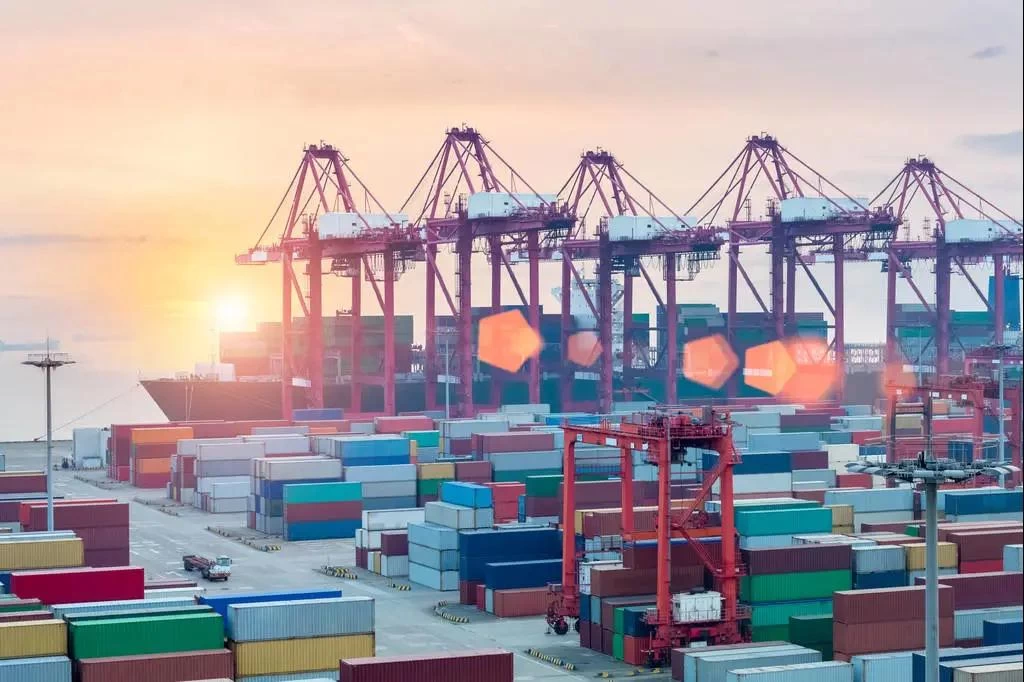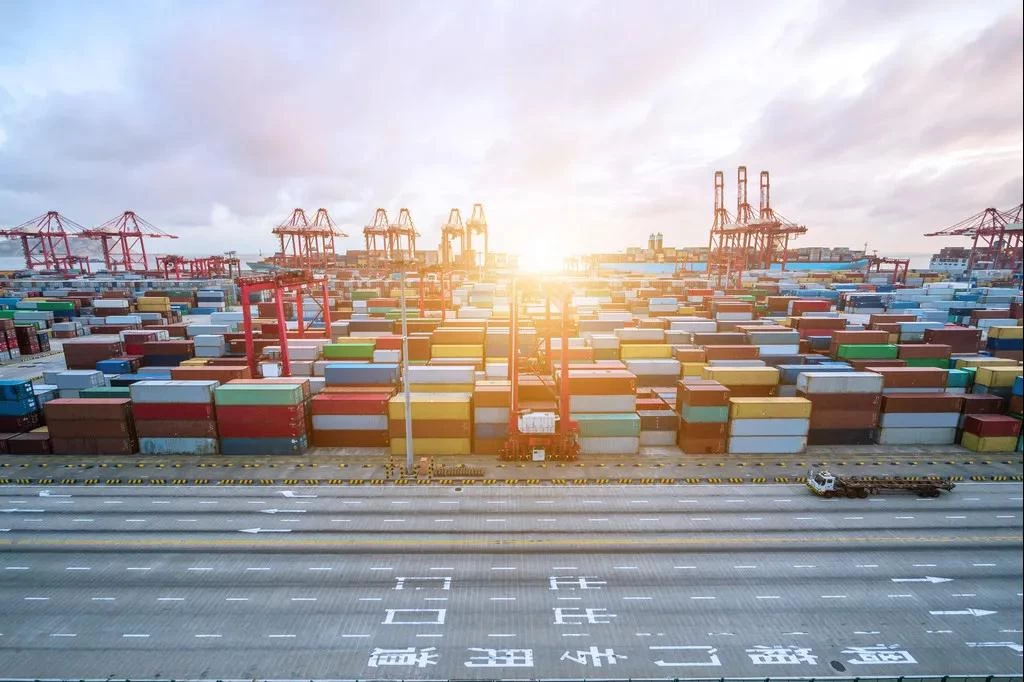Serious congestion! With 40 freighters waiting to be unloaded, the capacity loss of US ports has exceeded 20%! 100+ ports around the world report congestion, and 300+ ships are waiting to berth!
Jim
Sunny Worldwide Logistics
2021-07-01 18:46:57
Over the past six months, the problem of congestion in US ports has not been resolved, and since the world has entered the traditional shipping season, the congestion of the main import port of Asian goods, the US west coast port, is becoming more serious. At the same time, American importers and consumers still have high import demand for Asian goods, especially Chinese goods, and port congestion, delivery delays, and rising freight rates are also pushing up the cost of buying Chinese goods.

40 freighters are stuck in American ports! U.S. ports have lost more than 20% of capacity According to comprehensive foreign media reports, about 60% of the imported containers at the Port of Los Angeles come from the Chinese market, and the current waiting time at the Port of Los Angeles is one to two weeks. The situation at the Port of Oakland, also on the west coast, is even worse. The waiting time has been extended to about three weeks. At the same time, port congestion prevented cargo ships from returning to Asian ports for loading in time, and the capacity of US ports was greatly reduced, coupled with the strong import demand from the United States, which puts the already tight container shipping market under greater pressure. Maersk, the world's largest container ship operator, said that since this year, the west coast of the United States has lost 20% of its capacity to and from Asia; it is expected that from June to the end of August, the capacity will also lose 13%; and this impact has been far greater than this year. The negative impact of the huge cargo ship blocking the Suez Canal in March is even more serious.
From the perspective of the port situation, some media reported as early as two months ago that the number of ships entering the West Coast port of the United States has exceeded its capacity. Asian ships carrying as many as 14,000 containers ran aground at sea. Some containers stayed for more than a week, and sometimes as many as 40 ships were waiting to be unloaded. From the perspective of shipping prices, the current freight rates are soaring. The China Export Container Freight Index (CCFI), which is used by the market to measure the prosperity of the container shipping industry, shows that as of June 18, the CCFI reached 2526.65 points. The data for the same period last year was only More than 800 points, which means that this index has soared twice in one year.

After buying 1.34 trillion Chinese goods, the prices of Chinese goods sold in the United States will increase? The chain reaction of soaring freight rates caused by port congestion is emerging. First, the cost of American importers and consumers buying Chinese goods is increasing. At present, American consumers' demand for Chinese goods is increasing. For example, in the first five months of this year, the total value of goods imported by the United States from the Chinese market reached 1.34 trillion yuan, a year-on-year increase of 38.9%; import demand is still soaring, but At this time, major ports in the United States are still continuously blocked, which has caused a large amount of Chinese goods to be backlogged on cargo ships. The inability to unload also affects the supply of domestic goods in the United States. In order to maintain inventory, American retailers have to increase the price of goods to consumers. Second, when international freight rates soared, 170,000 empty containers refused to carry American products. Many containers are piled up in American ports, but it is hard to find one in Asia. Therefore, after measuring the freight, some shipping companies would rather empty containers than carry American agricultural products, just to seize the time to return to Chinese ports to get the goods. According to US media investigations, from October to November 2020, about 170,000 empty containers (20 feet) were transported away, resulting in about 3.11 million tons of agricultural products worth hundreds of millions of dollars in the United States.
Third, the dependence of the United States and the world on China's capacity is increasing. At present, important export countries such as India, Vietnam, and Malaysia are fighting back against the epidemic, and their capacity is difficult to recover in a short period of time. This has further increased the dependence of the United States and other countries on China’s capacity. Presenting a situation of short supply, and the imbalance of global shipping supply and demand is likely to continue. 100+ ports worldwide report congestion! 300+ ships are waiting for berthing! Since the outbreak of the epidemic, the global shipping industry has been experiencing wave after wave of shocks. The rules in black and white have long been unable to keep up with the speed of changes in actual conditions such as soaring freight rates and ship congestion. At the moment, the global maritime industry’s chartering fees and freight rates remain high, and major ports around the world have also been severely congested, and shipping schedule delays have intensified. It is reported that Hapag-Lloyd’s FE4 route has been suspended from Rotterdam for 7 consecutive weeks. What is more noteworthy is that currently 101 ports have reported congestion. As of June 18, 304 ships have been waiting for berths in ports around the world: Taking the Port of Singapore as an example, the number of container ships waiting for berths increased by 37.5% within a week; At the same time, Laem Chabang Port also appeared in queues waiting for berthing; Ports on the east coast of the United States also suffered operational disruptions;

Global port congestion on June 18 (red dots represent ship groups, orange represent ports in congestion or interrupted operations) Maersk said: Constant congestion is becoming a global problem. Due to the epidemic situation and the substantial increase in freight volume since the end of 2020, terminals are becoming a global bottleneck. Whether it is from berths, storage yards or shutting out goods, this situation continues to exist in the entire logistics chain.
Previous : The cargo volume of many important ports in the United States continues to grow by double digits, and the congestion in the US West port will get worse before it improves.




















